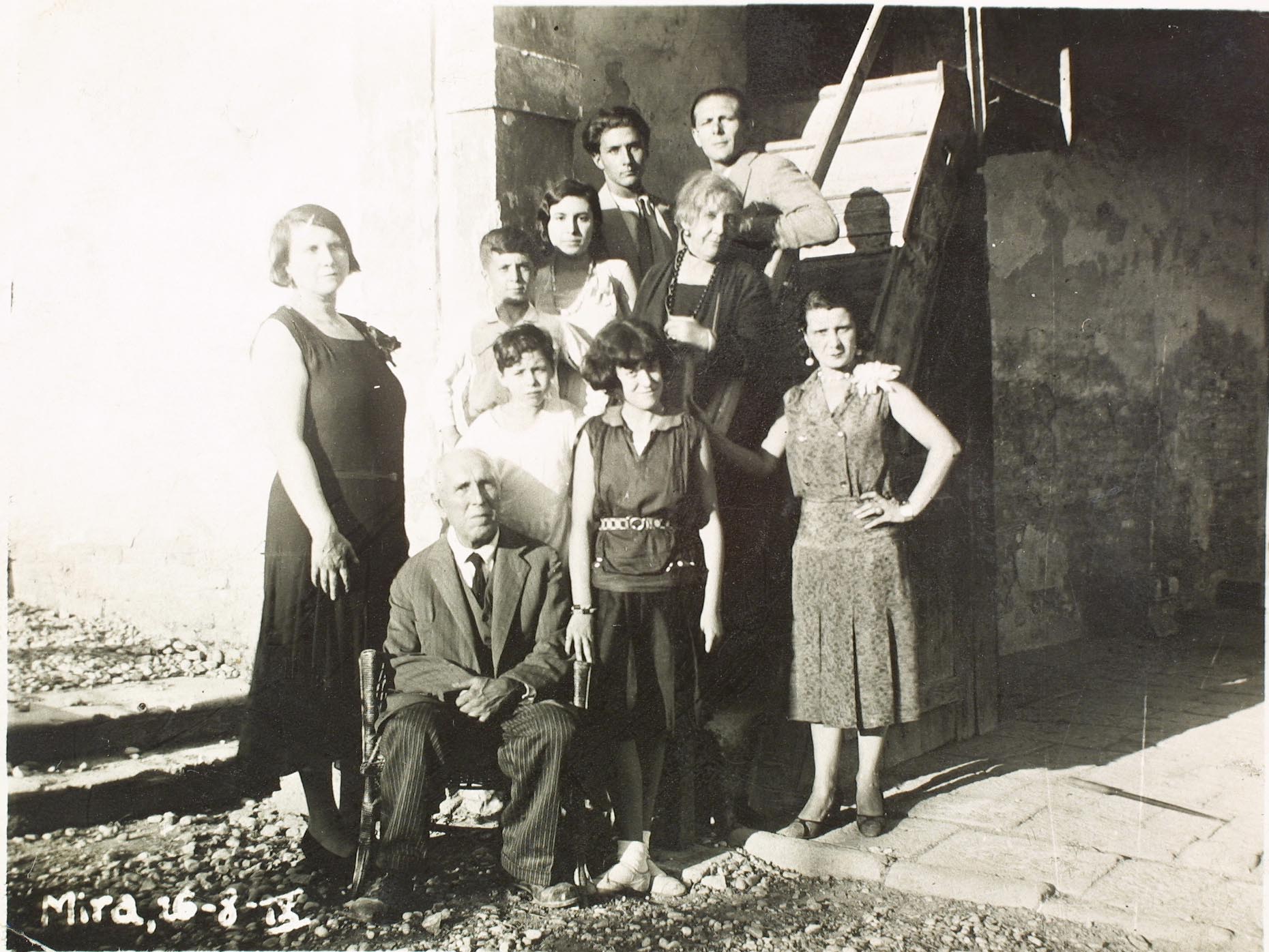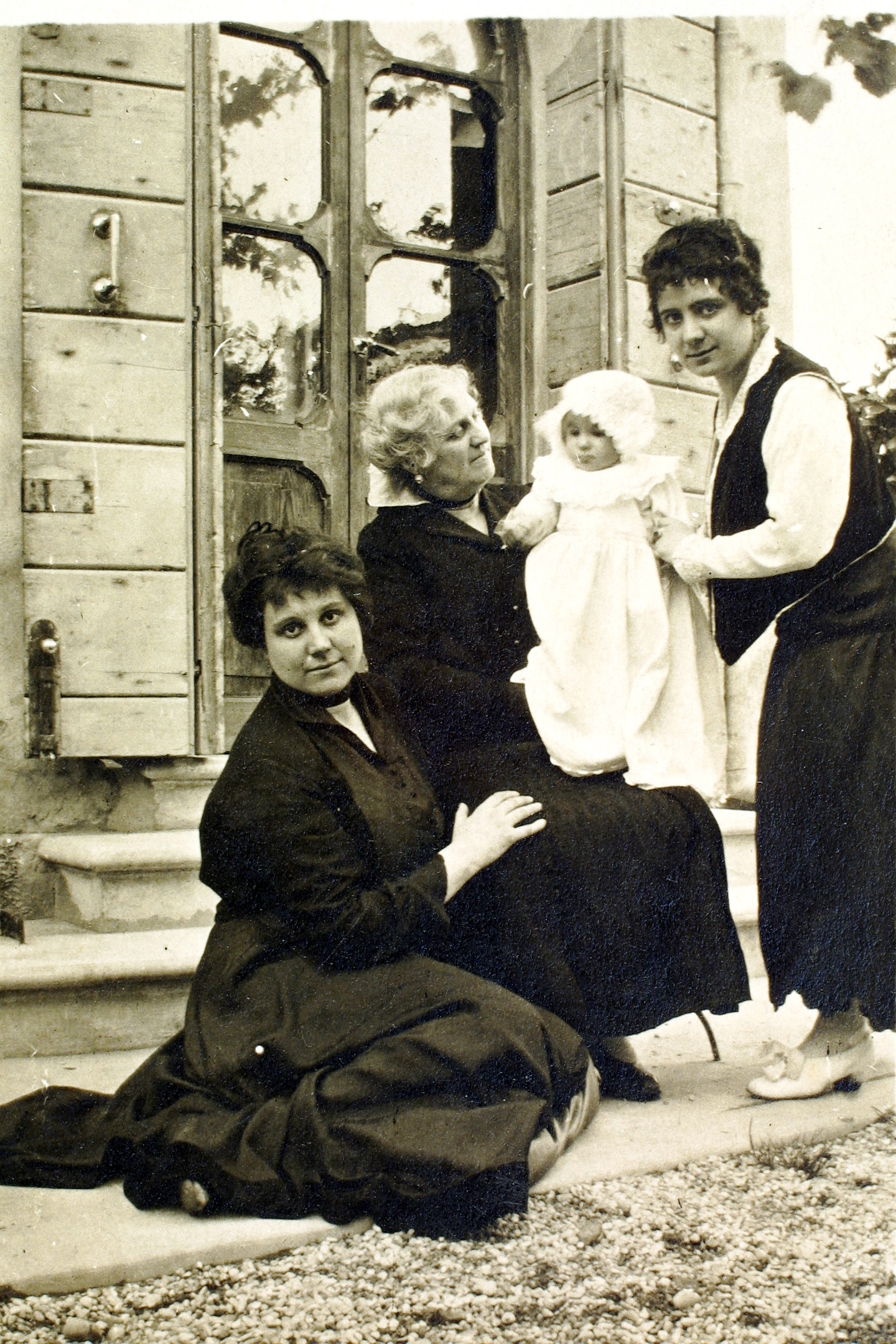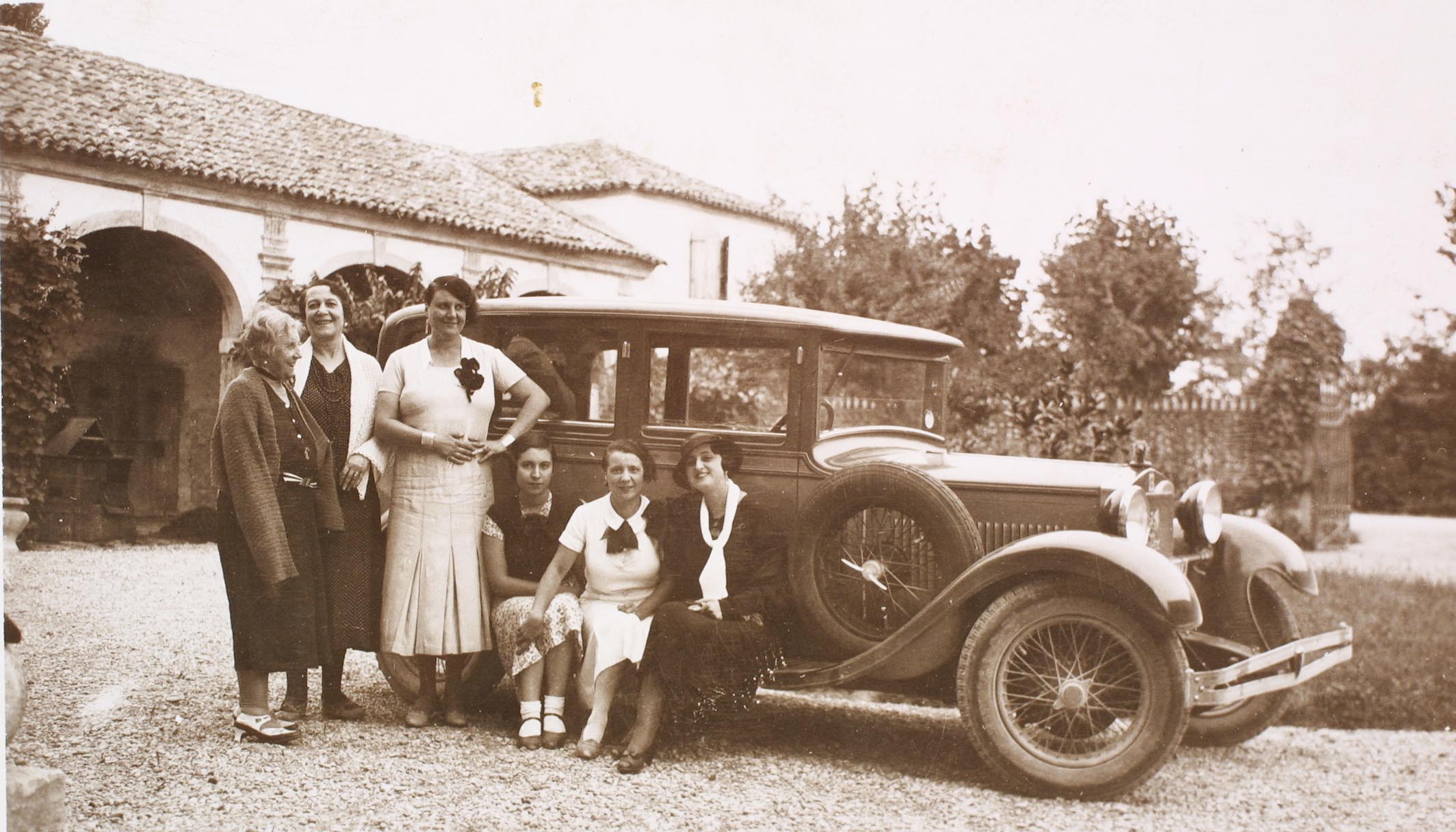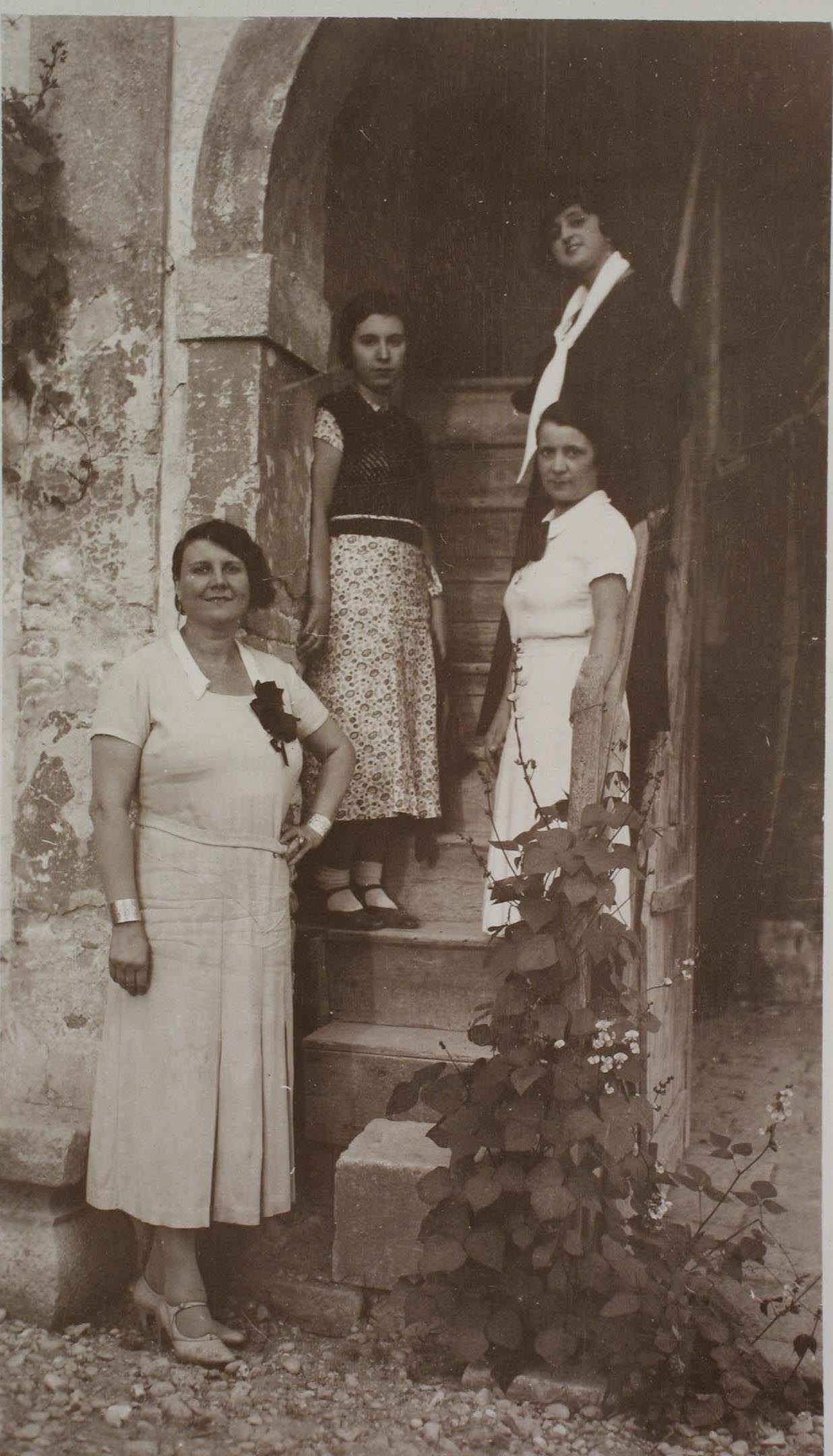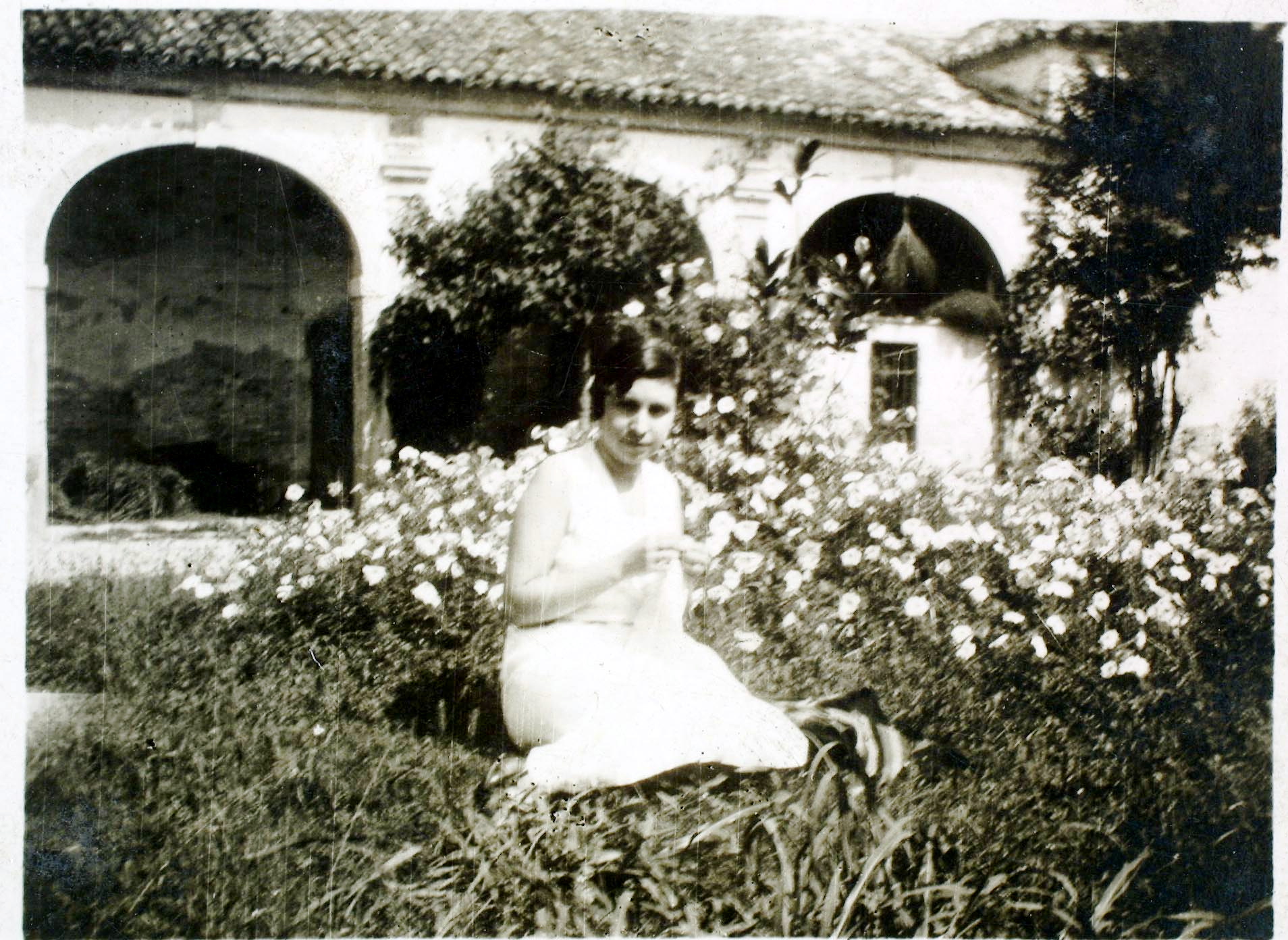Like many Venetian Villas, the story of Villa Pastori begins around 1780. At that time many Venetian noble families were building on the mainland, to seek refuge from the heat and chaos of Venice in the countryside. Among them was the Count Curnis who began the construction of the Villa.
In 1830, the Pastori family bought the property from the Count, legend has it that the decision to sell was determined by the death of his wife in the canal adjacent to the villa.
Since 1830, when doctor Carlo and his wife Elisa – my great-great – bought it, Villa Pastori has always remained in the same family. My name is Alessandro Sisto, I am the current owner of the Villa and I am a descendant of the Pastori, together with the other members of the Sisto family. We decided to keep the name “Villa Pastori” to honor the memory of my Nonna Irene Pastori (1886 – 1976), and of the other 5 generations of owners, who with elegance and class represented the spirit of the time.
In the mid-800s, the first Pastori decided to expand the Villa to accommodate his large family – consisting of 9 children. The expansion added the two side parts of the main building, which can be easily identified looking at the front.
Until the end of the 40s of last century, the inhabitants of Villa Pastori lived thanks to the proceeds from the cultivation of the surrounding land (almost 70 hectares) and life flowed almost like a century before. Villa Pastori constituted an autonomous world, with its lands, the breeding of the animals necessary for the subsistence of the family – pigs, dairy cows, hens and other farmyard animals – its small chapel, and the personnel necessary for the management of the lands and of the House.
During the Second World War, to escape the bombing and to have food more readily available, many family members displaced from the cities to Mira. Towards the end of the war, Villa Pastori was for a few days also the seat of the command of an English army, which was crossing the Veneto region to reach the borders with Austria.
Testament divisions at the end of the 40s changed the situation of the Villa. A large part of the surrounding land was sold, bringing about a change in lifestyle too. Until then, the villa was inhabited all year round, later, with the decommissioning of agricultural activities, it was only used during summer holidays. In particular, my grandmother Irene, who had inherited the ownership of the villa in 1952, and my mother Eros Scognamillo (1915 – 2001) the owner since 1976, spent at least three to four months a year in the Villa taking care of maintenance and continuing the Venetian tradition to spend the summer holidays in the Villa, as was well described by the Venetian playwright Goldoni in his Trilogia della Villeggiatura.
The barchessa to the north, where the three apartments were created in 2005, was used as a warehouse for storing foodstuffs, for parking coaches and later for cars. In the barchessa to the south there were instead, the chapel (still existing and consecrated), the stables for the horses and, in the upper part, the granary and the shelter for straw and hay for the breeding of the horses.
Now Villa Pastori has reached the fifth generation of owners in the same family, but two generations of children and grandchildren are ready, and we hope they will continue the tradition of opening the Villa to all their friends and enjoy its peaceful atmosphere.
